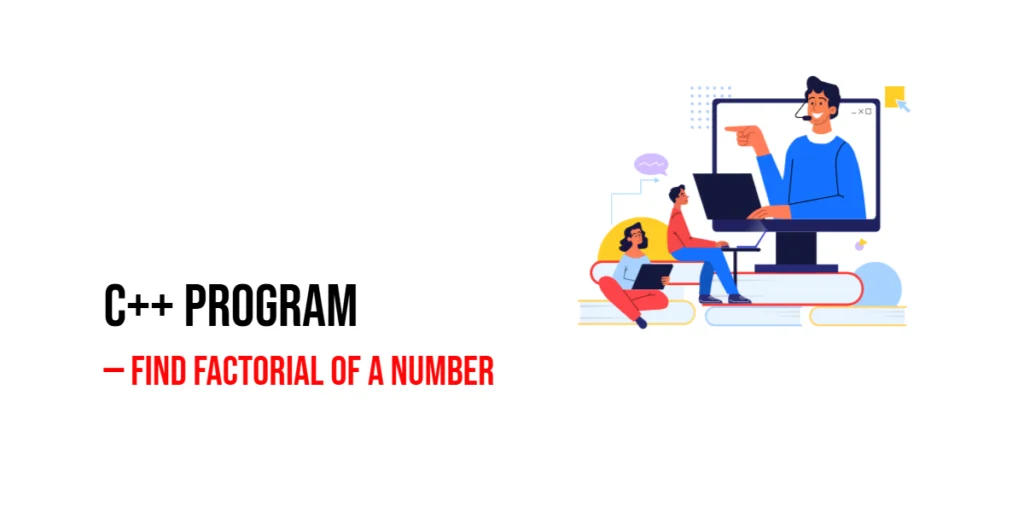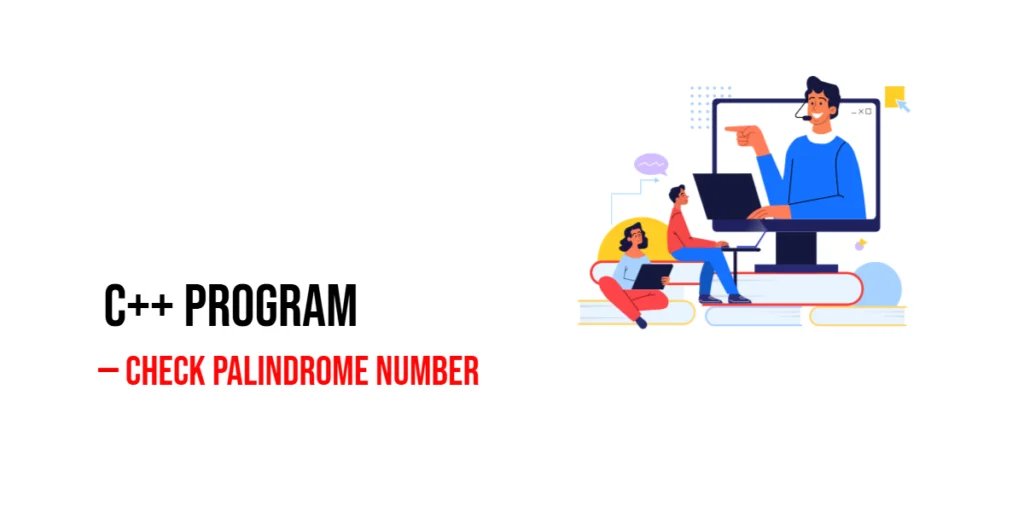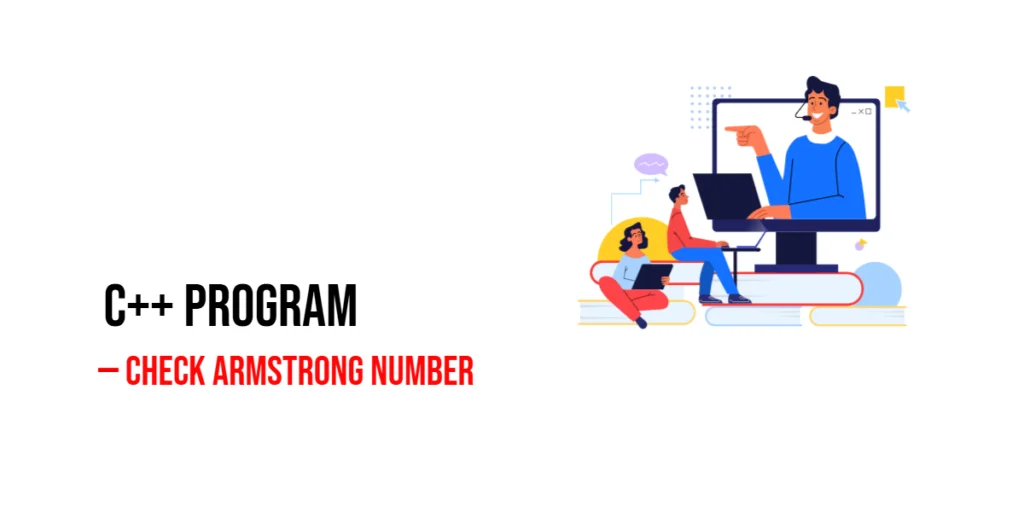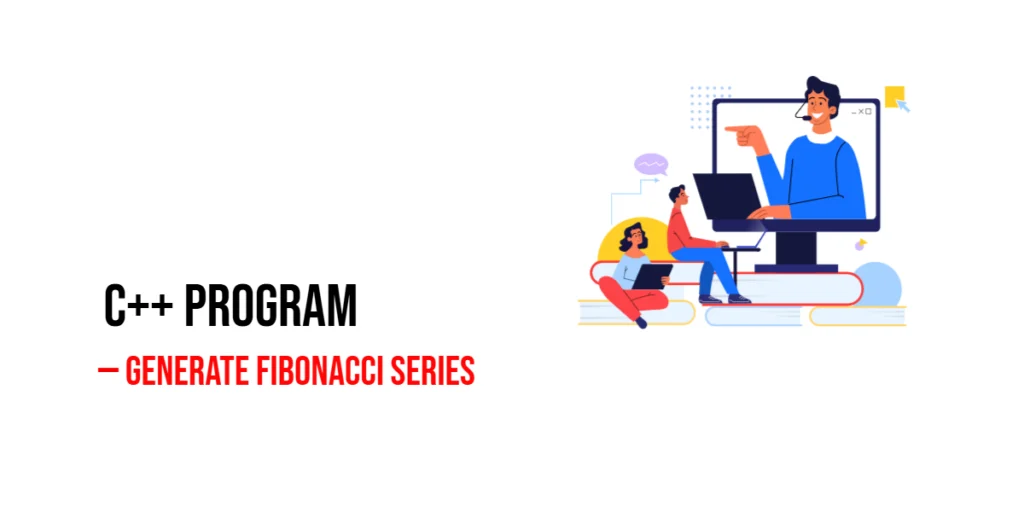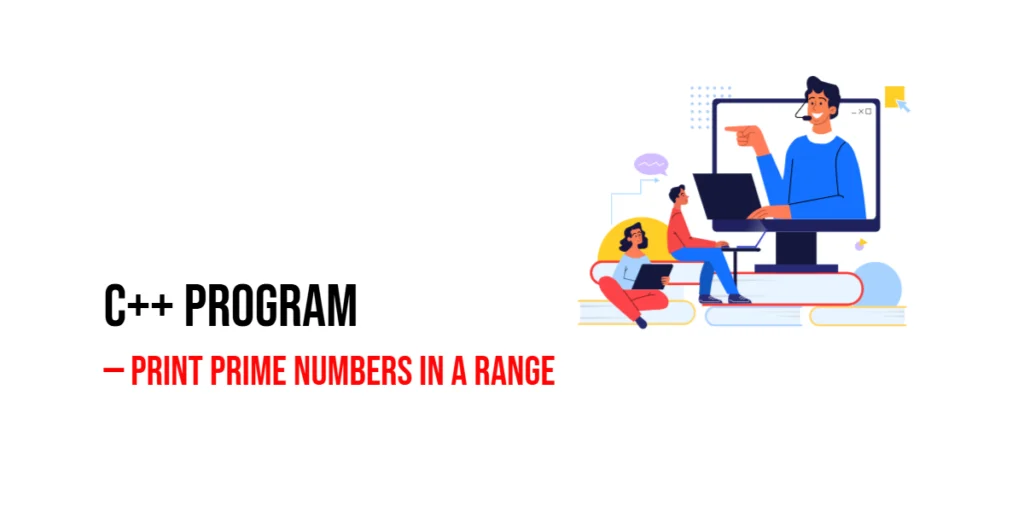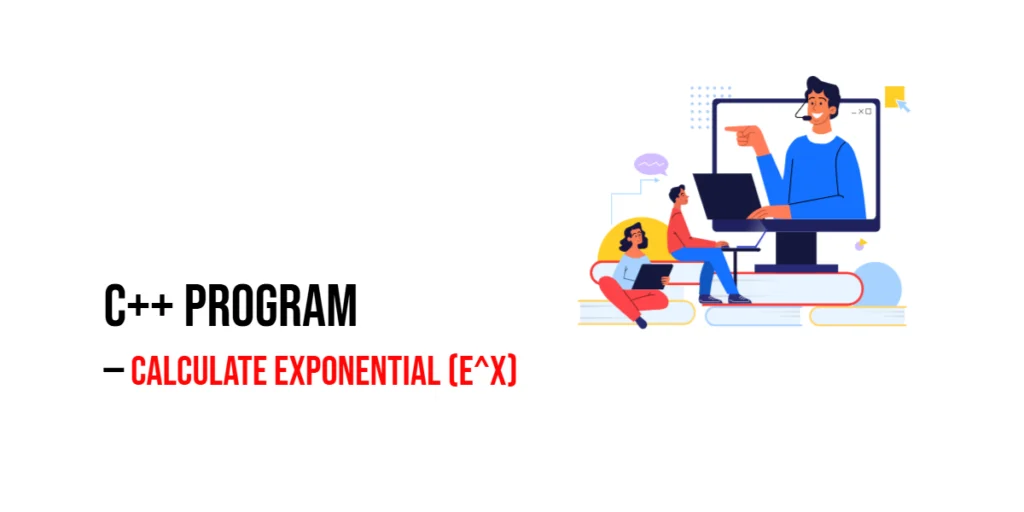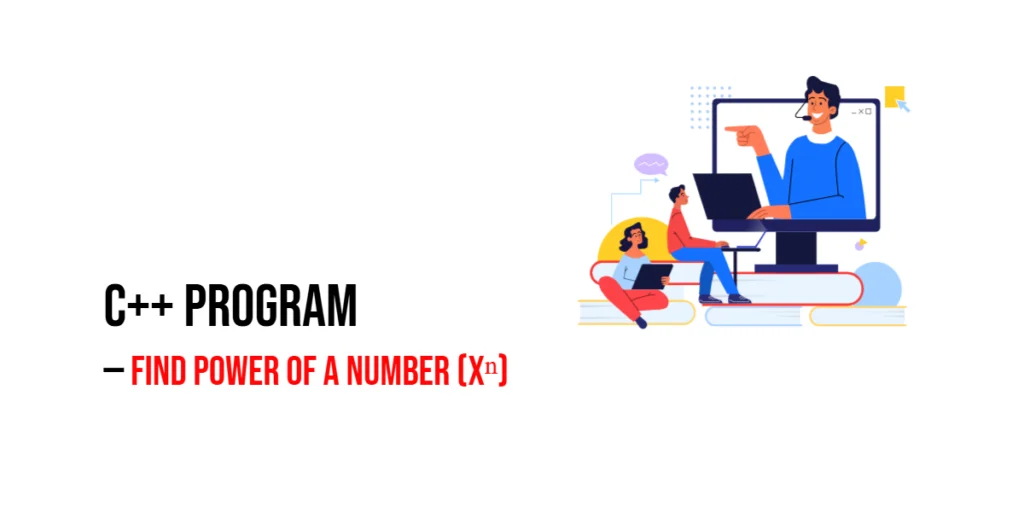C++ Program to Find Factorial of a Number
Factorials are a fundamental concept in mathematics and programming, used in permutations, combinations, probability, and algorithm design. The factorial of a number n (written as n!) is the product of all positive integers from 1 to n. In C++, calculating factorials is a common exercise that helps beginners understand loops, recursion, and function usage. This […]
C++ Program to Find Factorial of a Number Read More »
